📄 Top Article 📄
Life by You - The new Sims Rival [...]
Author: Arshdeep Singh[ Source: GameTikker ]
⇄ Latest Gaming News ⇆
Weekly Special
The Elder Scrolls Online Anniversary
Read more...
Pick a Pocket to Claim the Thieves Guild DLC for Free & More
Tamriel’s stickiest fingers can claim the Thieves Guild DLC, a
special mount, and more during this new 10-Year Anniversary promotion!
[ Source: Steam ]
 World of Warcraft: The War Within beta testing sign-ups are now open [...]
World of Warcraft: The War Within beta testing sign-ups are now open [...][ Source: Eurogamer ]
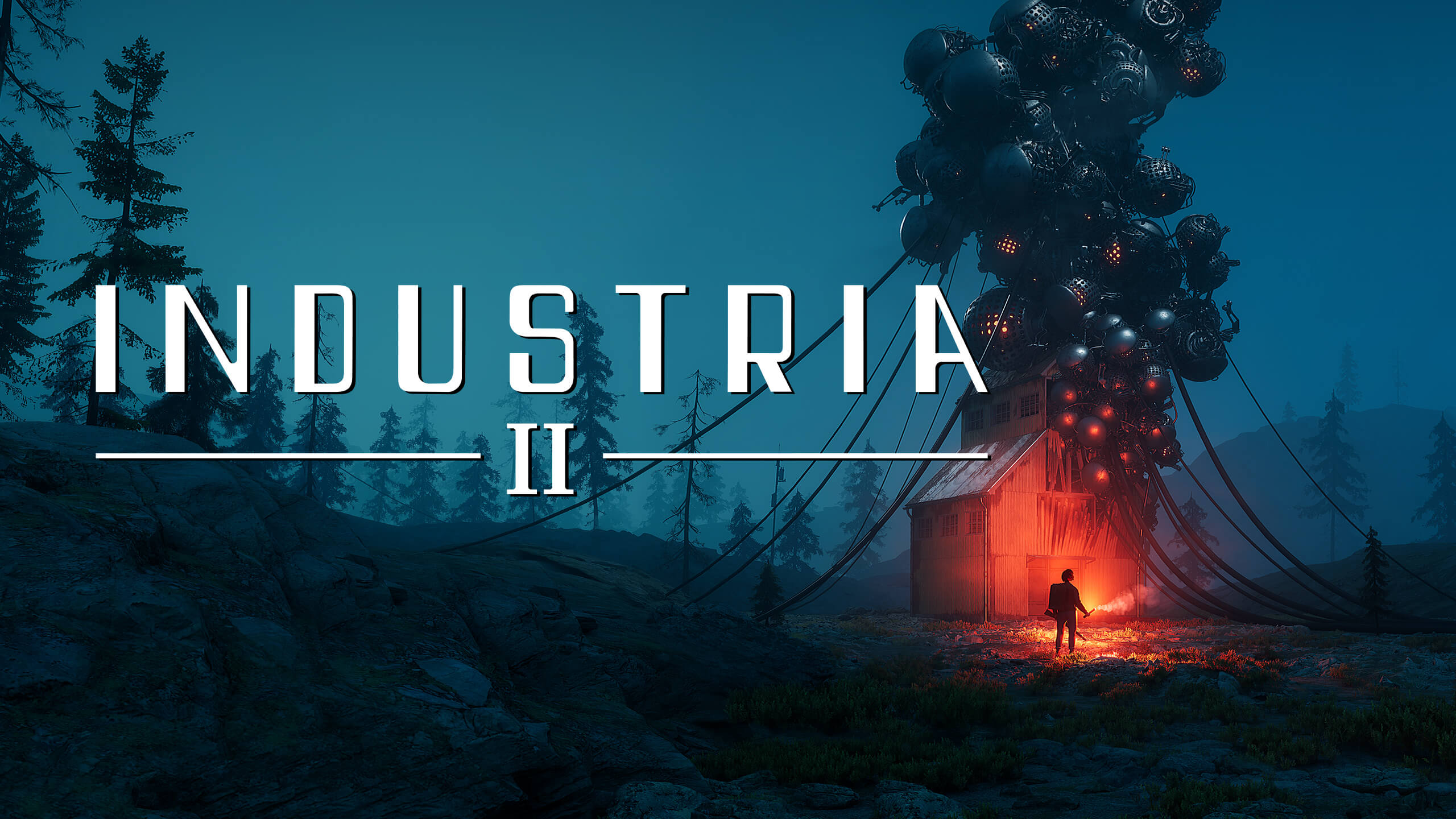 INDUSTRIA II: Everything We Know [...]
INDUSTRIA II: Everything We Know [...][ Source: Gaming Network ]
 Sony Confirms PS Plus Extra & PS Plus Premium Games Leaving In May 2024 [...]
Sony Confirms PS Plus Extra & PS Plus Premium Games Leaving In May 2024 [...][ Source: PSU ]
TL;DR Gaming News Today
Planet of Lana - The wait is over! The heartfelt journey of Lana & Mui is now available
on Nintendo Switch. For our PlayStation players, your adventure begins at 2pm BST / 3pm CET.
[ Source: GameTikker ]
 What a Possible Xbox Handheld Means for Gaming [...]
What a Possible Xbox Handheld Means for Gaming [...][ Source: Sci-Fi 3D ]
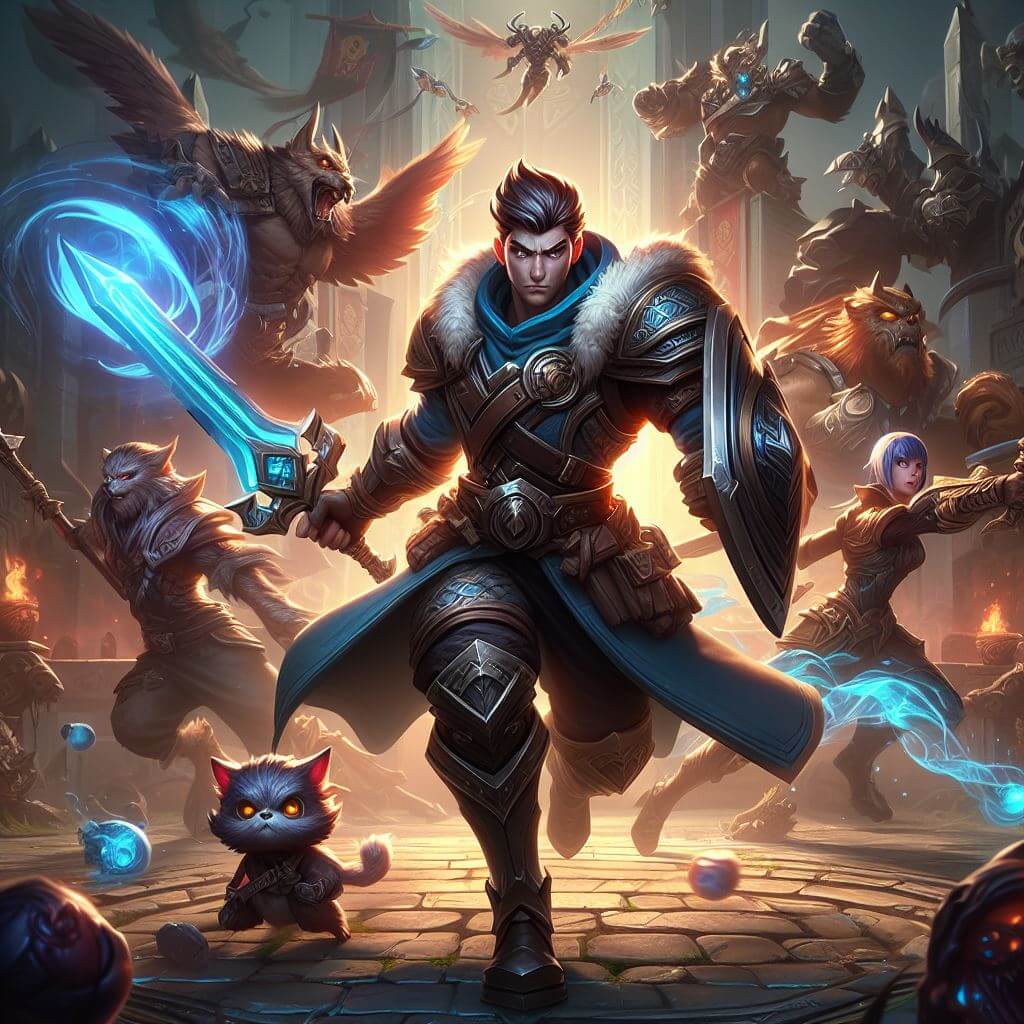 New LoL Empyrean Skins Revealed [...]
New LoL Empyrean Skins Revealed [...][ Source: The Game Haus ]
 New Zenless Zone Zero Character Teaser Stars Koleda [...]
New Zenless Zone Zero Character Teaser Stars Koleda [...][ Source: Siliconera ]
 EA's Upcoming Ironman Game Confirmed As Open World [...]
EA's Upcoming Ironman Game Confirmed As Open World [...][ Source: DualShockers ]
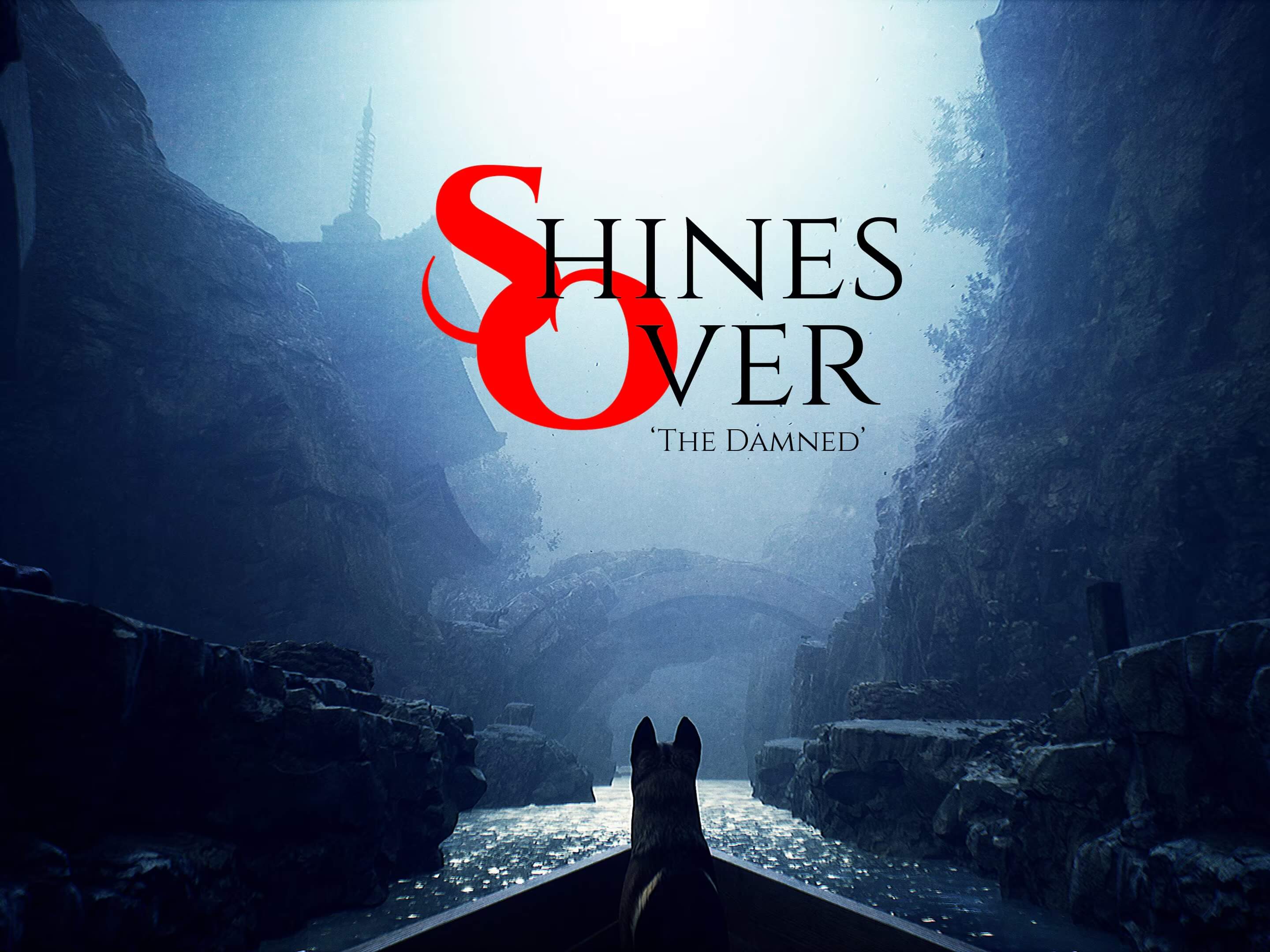 Shines Over: The Damned - PS5 Review [...]
Shines Over: The Damned - PS5 Review [...][ Source: thumbculture ]
 Extreme Rally Raid To Release May 23 [...]
Extreme Rally Raid To Release May 23 [...][ Source: Race Sim Central ]
TL;DR Gaming News Today
Battlefield - FRONTLINES IS HERE! Push forward. Destroy the objectives.
Hold the line. Play Battlefield 2042 - Season 7: Crimson Front Event NOW!
[ Source: GameTikker ]
 Saviorless (Switch) - Review [...]
Saviorless (Switch) - Review [...][ Source: The Gamers Lounge ]
 Cyberpunk 2077 mod lets you explore Night City with friends [...]
Cyberpunk 2077 mod lets you explore Night City with friends [...][ Source: GamingBible ]
 This BAFTA-winning indie is now available on PS Plus [...]
This BAFTA-winning indie is now available on PS Plus [...][ Source: Dot Esports ]
 EA’s Black Panther game will seemingly be open world [...]
EA’s Black Panther game will seemingly be open world [...][ Source: GamesHub ]
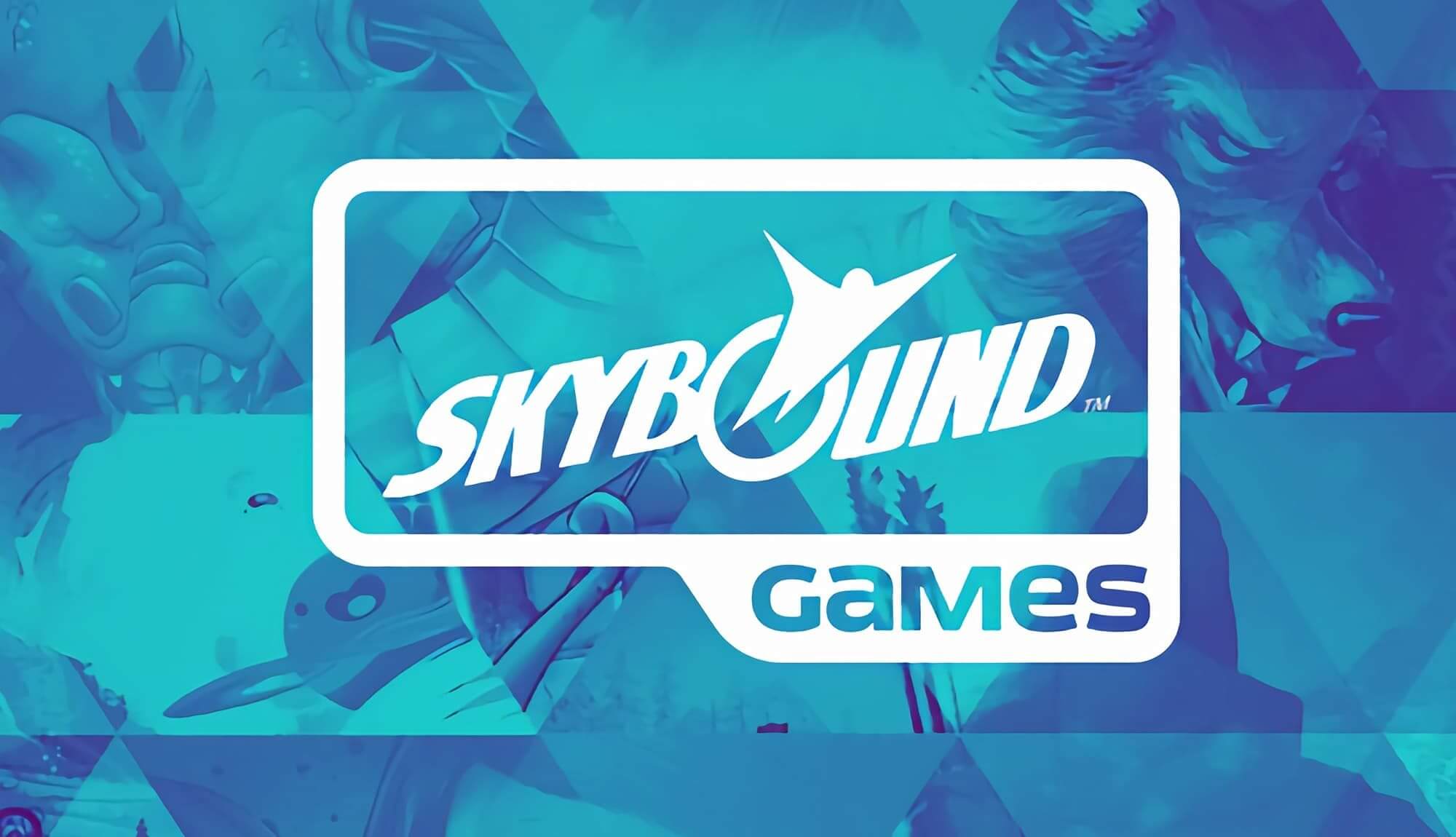 “Invincible” AAA Game Crowdfunding Campaign Launched by Skybound [...]
“Invincible” AAA Game Crowdfunding Campaign Launched by Skybound [...][ Source: MP1st]
 The Most Devastating Game Cancelations Of 2024 So Far [...]
The Most Devastating Game Cancelations Of 2024 So Far [...][ Source: SVG ]
TL;DR Gaming News Today
WARFRAME - The TennoCon 2024 Merch Pack is now available! Featuring iconic Warframe: 1999 artwork, it’s the
perfect way to let everyone know that you were there (in-person or online) during this year’s biggest reveals.
[ Source: GameTikker ]
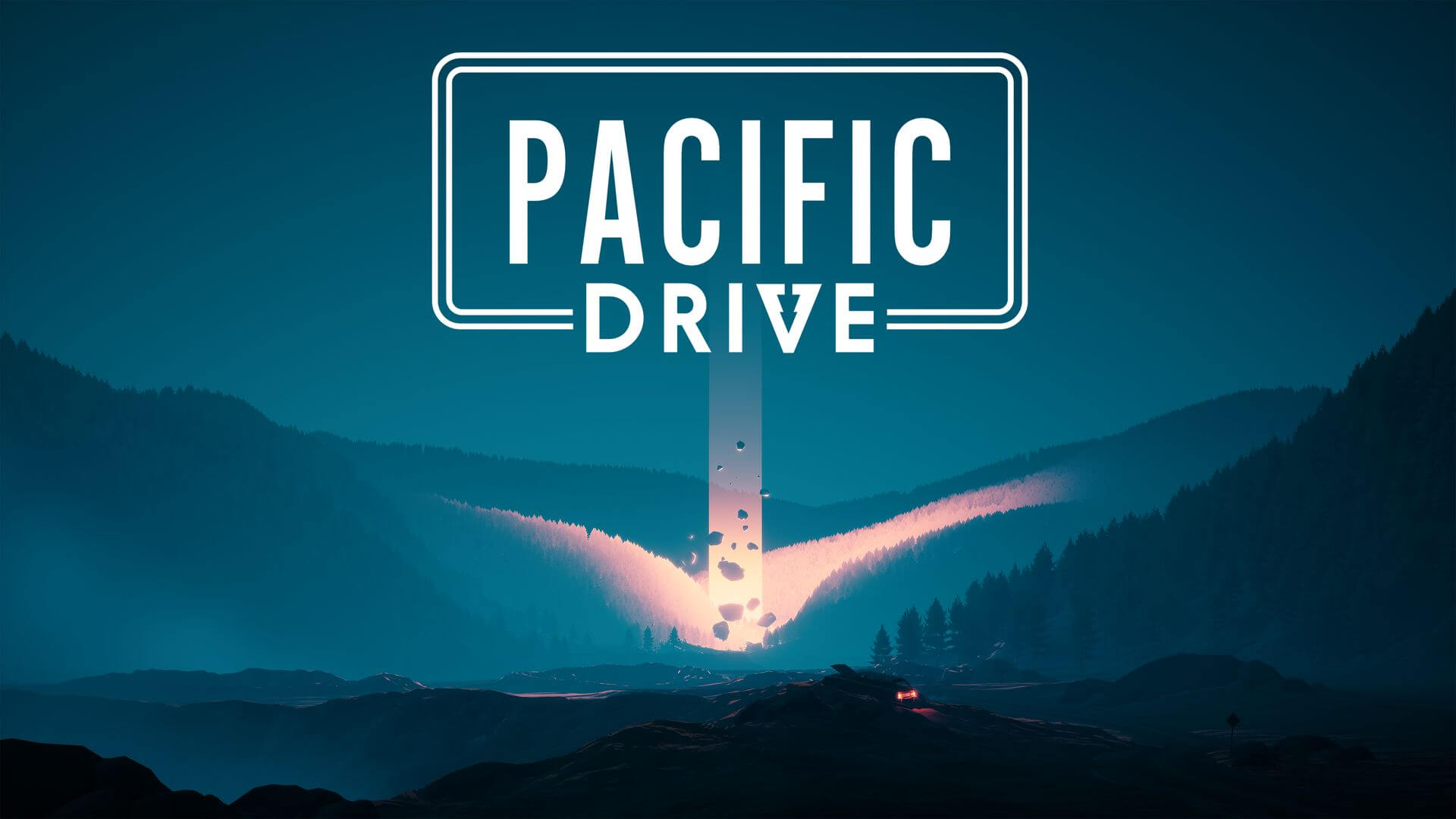 Steering Into Mysterious Adventure in Pacific Drive - Review [...]
Steering Into Mysterious Adventure in Pacific Drive - Review [...][ Source: GiN ]
 Everyone’s Favourite Top-Down Shooter Is Heading to PlayStation This Summer - Get Ready to Get Blood-Soaked [...]
Everyone’s Favourite Top-Down Shooter Is Heading to PlayStation This Summer - Get Ready to Get Blood-Soaked [...][ Source: FandomWire ]
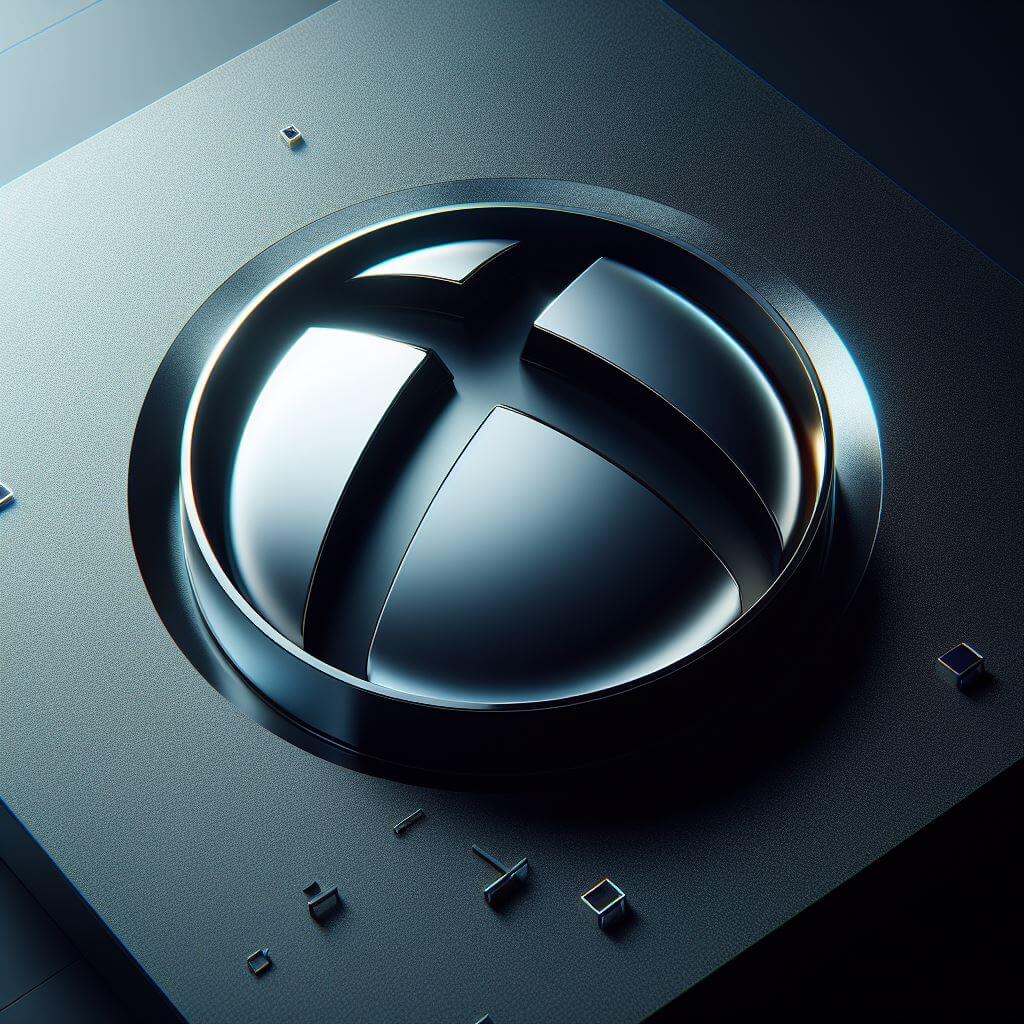 Spyro Reignited Trilogy might be coming to Game Pass soon [...]
Spyro Reignited Trilogy might be coming to Game Pass soon [...][ Source: XboxEra ]
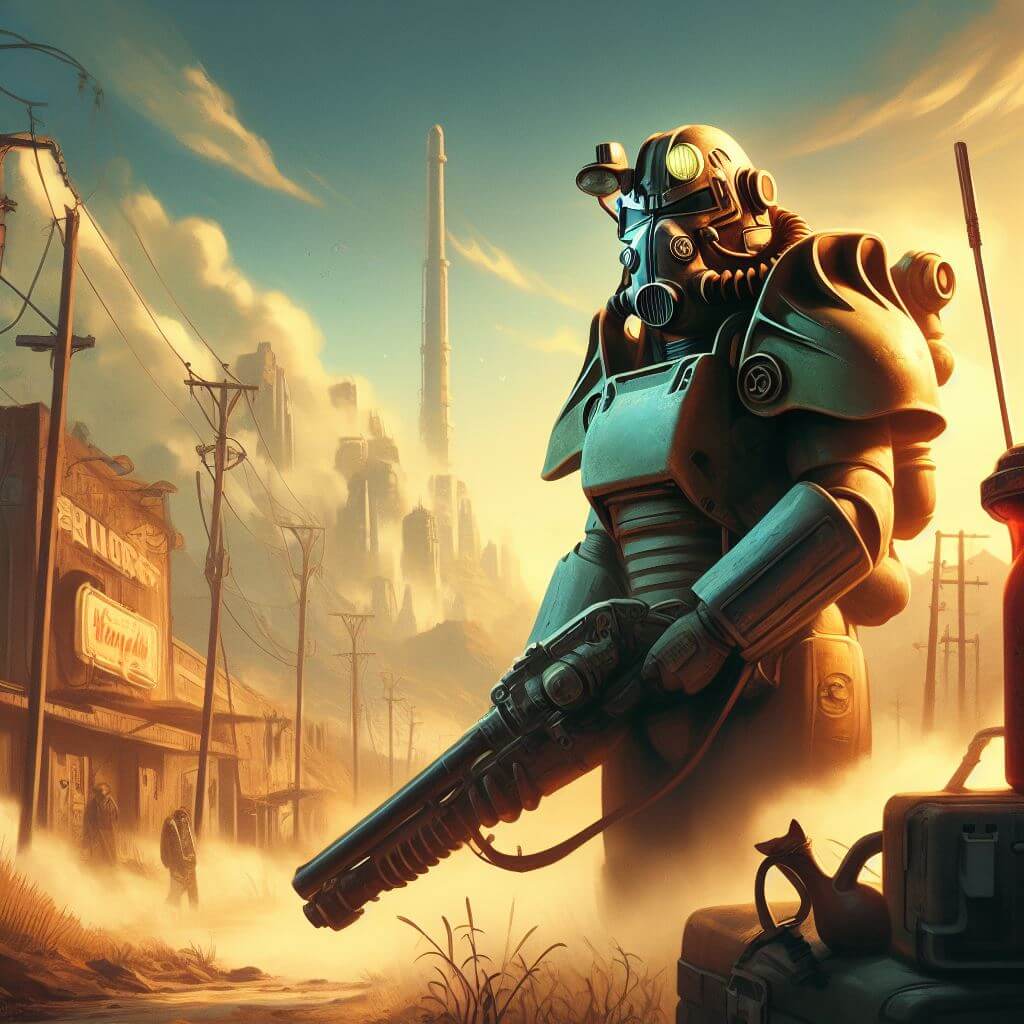 Fallout 76 Is Now Free to Grab on Prime Gaming for PC and Xbox [...]
Fallout 76 Is Now Free to Grab on Prime Gaming for PC and Xbox [...][ Source: Wccftech ]
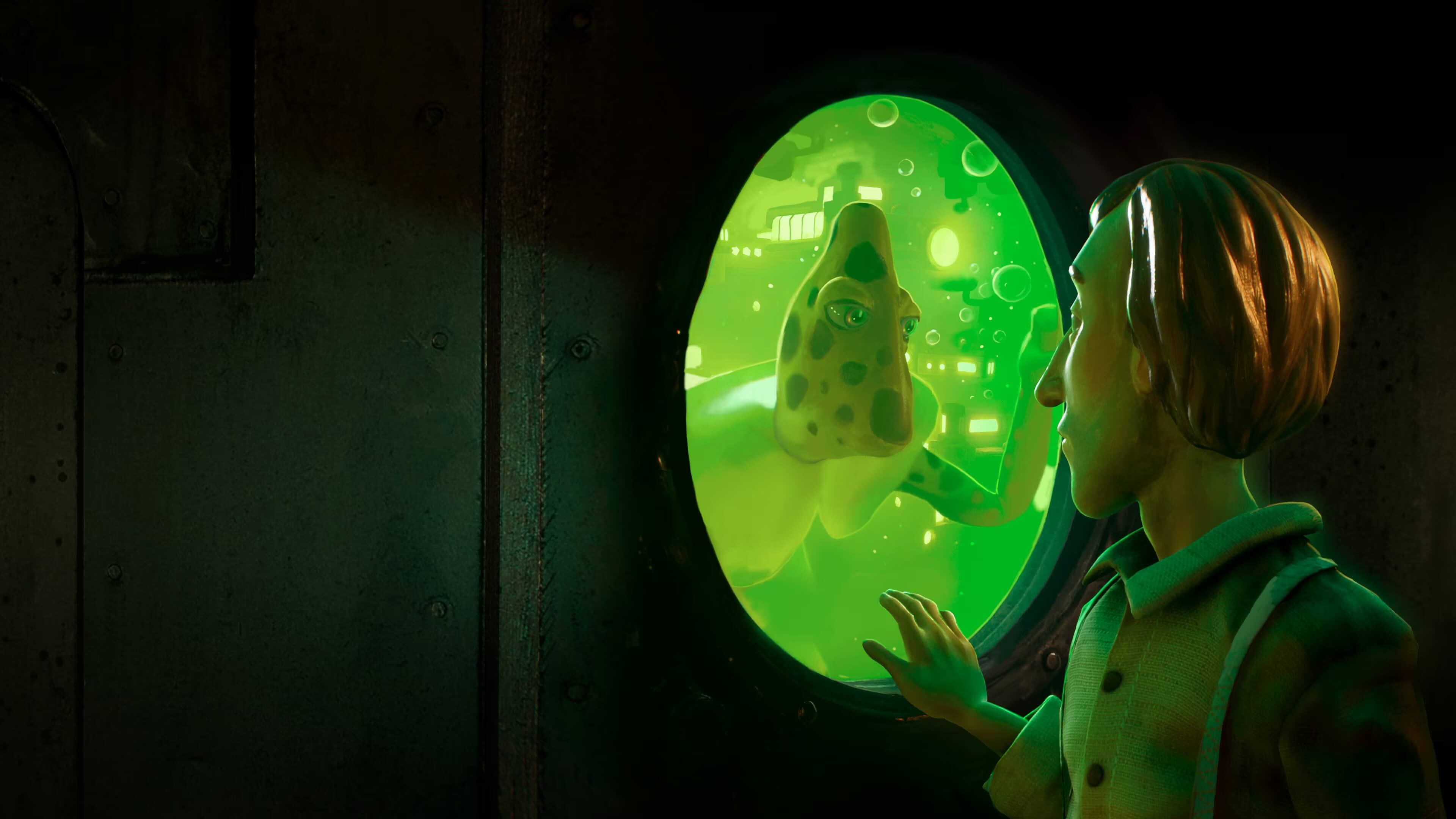 Harold Halibut - Review [...]
Harold Halibut - Review [...][ Source: TheXboxHub ]
 Forza Motorsport Update 7 Available [...]
Forza Motorsport Update 7 Available [...][ Source: Bsimracing ]
TL;DR Gaming News Today
PlayStation - A sandstorm is coming... Join Prince Beelzebub in search
of the Legendary Spring in Sand Land, coming April 26 to PlayStation.
[ Source: GameTikker ]
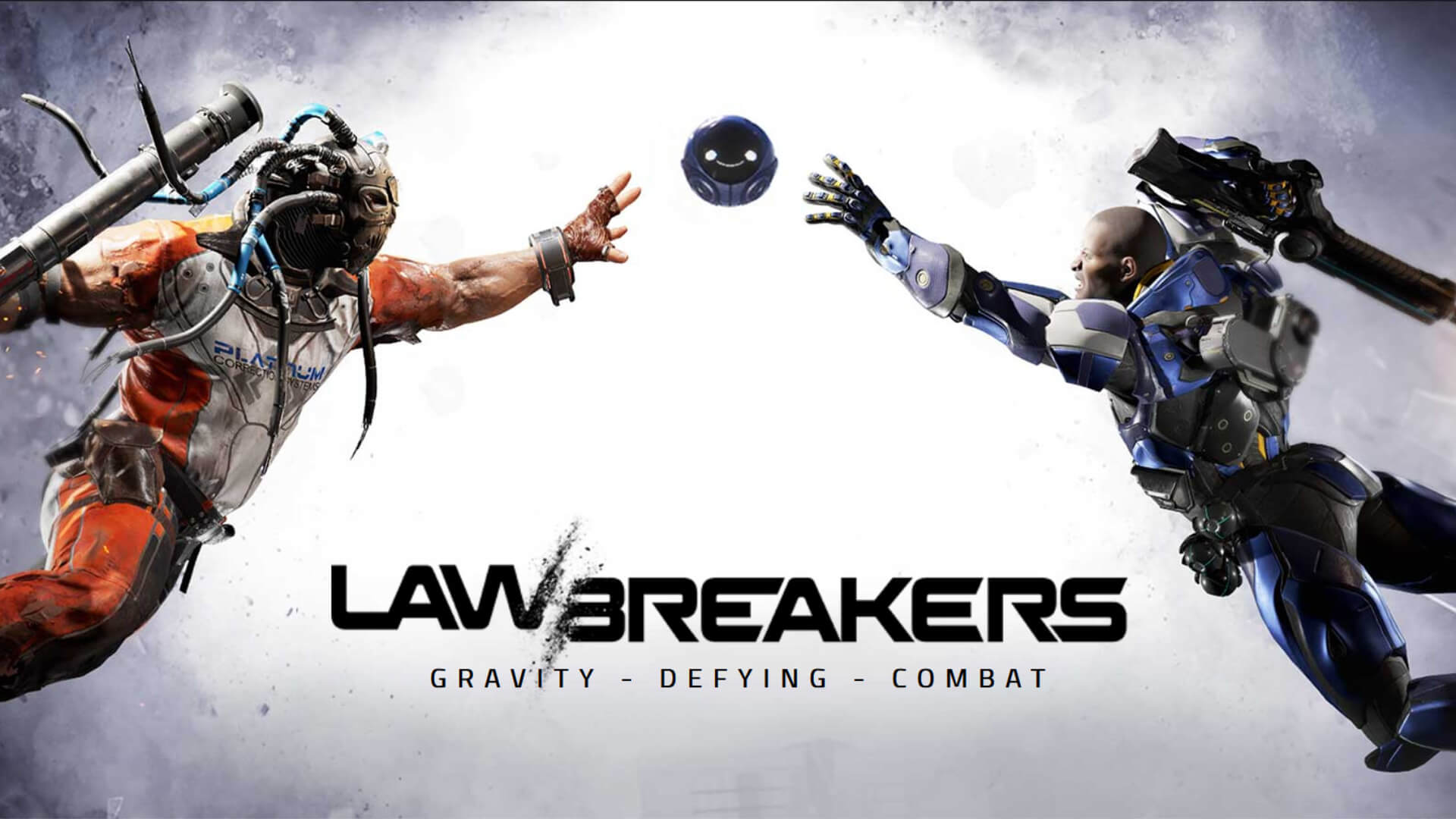 Cliff Bleszinski's LawBreakers is back from the dead [...]
Cliff Bleszinski's LawBreakers is back from the dead [...][ Source: Gamereactor ]
 Dive into nostalgia with this Analogue Pocket handheld console deal [...]
Dive into nostalgia with this Analogue Pocket handheld console deal [...][ Source: Stealth Optional ]
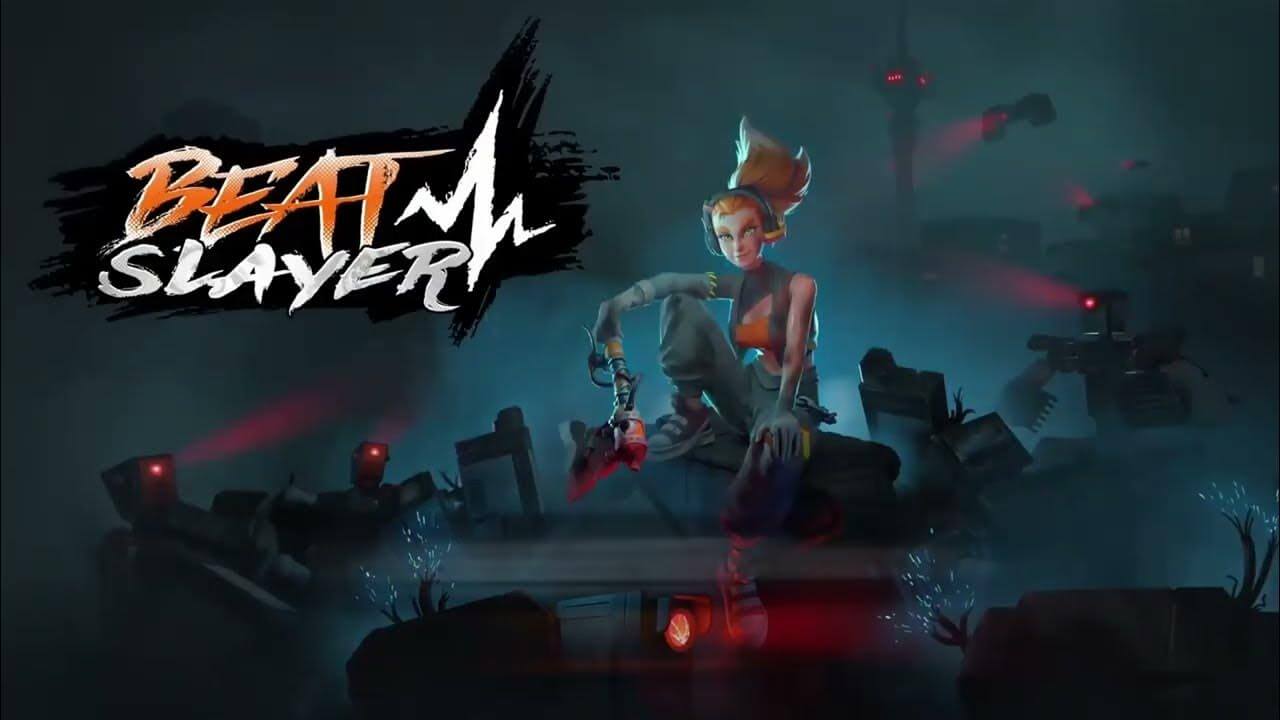 Beat Slayer - Review (PC) [...]
Beat Slayer - Review (PC) [...][ Source: Softpedia ]
 The Planet Crafter Steam Deck Performance [...]
The Planet Crafter Steam Deck Performance [...][ Source: Games in Hand ]
 ‘Catch My Drift’ Humble Bundle Includes Indie Greats And Off-Road Titles [...]
‘Catch My Drift’ Humble Bundle Includes Indie Greats And Off-Road Titles [...][ Source: OverTake ]
 Headquarters: World War II - Metacritic Score [...]
Headquarters: World War II - Metacritic Score [...][ Source: Metacritic ]
TL;DR Gaming News Today
Flatline Studios - Into The Grid is the ultimate Cyberpunk Deckbuilder & Tabletop hybrid,
mixing immersive card battles and tactical map exploration! Wishlist today & join the playtest!
[ Source: GameTikker ]
 The Development of Star Trek: Infinite Has Ended [...]
The Development of Star Trek: Infinite Has Ended [...][ Source: GameGrin ]
 Horizon Forbidden West Complete Edition PC - Review [...]
Horizon Forbidden West Complete Edition PC - Review [...][ Source: Impulse Gamer ]
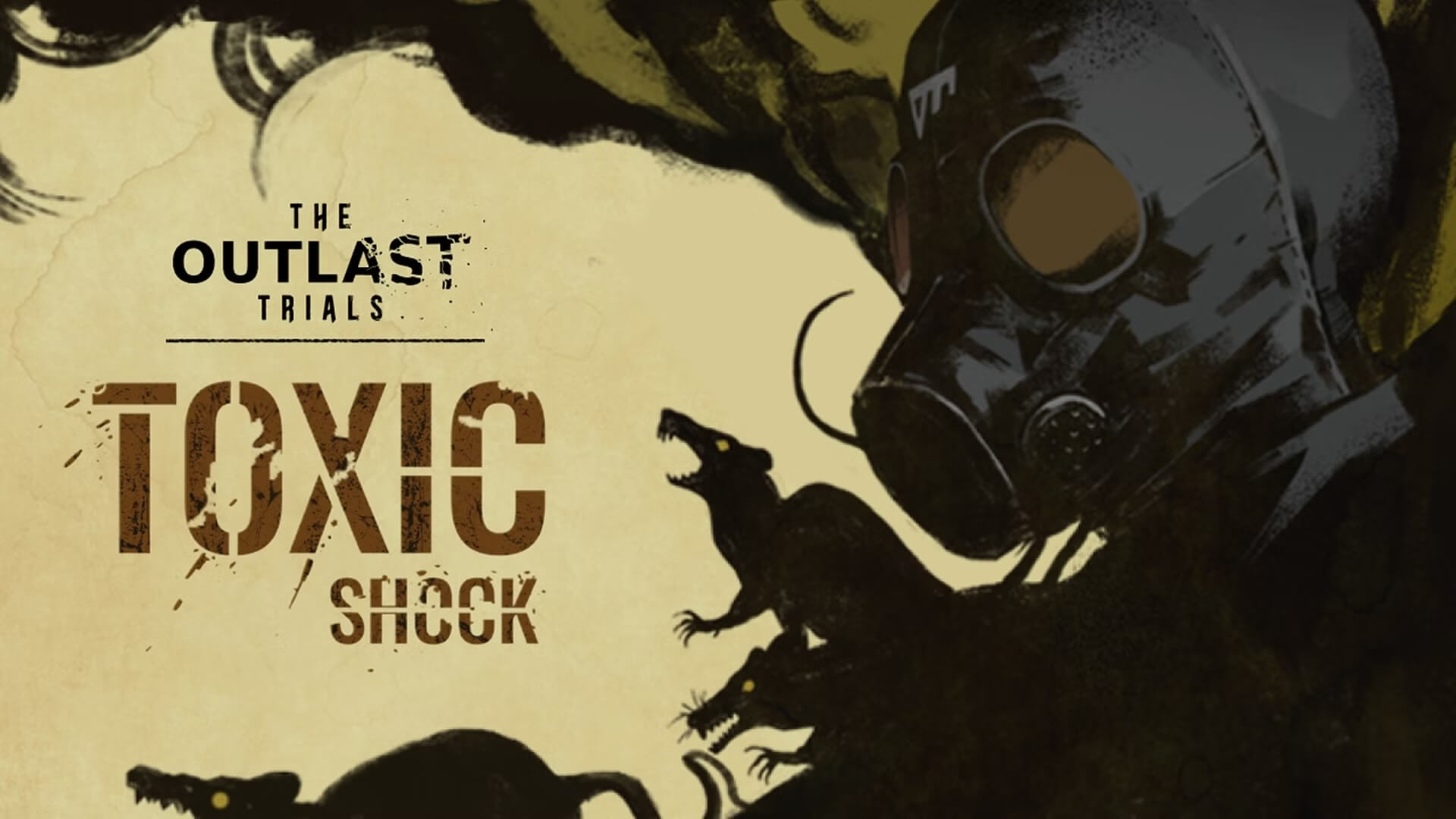 The Outlast Trials Gets New Limited-Time Event with Toxic Shock Update [...]
The Outlast Trials Gets New Limited-Time Event with Toxic Shock Update [...][ Source: Hey Poor Player ]
 All Mobile Games (Android and iOS) releasing in April 2024 [...]
All Mobile Games (Android and iOS) releasing in April 2024 [...][ Source: GamingonPhone ]
 The Epic Games Store Weekly Freebie was a Run Away Hit [...]
The Epic Games Store Weekly Freebie was a Run Away Hit [...][ Source: Terminal Gamer ]
 Creating value for fans and brands at TwitchCon Europe [...]
Creating value for fans and brands at TwitchCon Europe [...][ Source: Esports Insider ]
TL;DR Gaming News Today
Contra - You heard that right! Vampire Survivors x Contra DLC is coming to Steam, Xbox, Nintendo Switch & mobile May 9th! 11
new characters. 22 new weapons. 1 new massive stage. 1 new challenge stage. 6 new music tracks. Get ready to Garlic and Load!
[ Source: GameTikker ]
 Square Enix Updates Final Fantasy VII Remake Part 3's Potential Release Window [...]
Square Enix Updates Final Fantasy VII Remake Part 3's Potential Release Window [...][ Source: CBR ]
 EA Shuts Down Dead Space 2 Remake Rumors After Reports Indicate It Was Shelved [...]
EA Shuts Down Dead Space 2 Remake Rumors After Reports Indicate It Was Shelved [...][ Source: Game Informer ]
 Epic is sending a item to Fortnite players for free, here is why [...]
Epic is sending a item to Fortnite players for free, here is why [...][ Source: VideoGamer ]
 Nintendo Switch emulator Suyu is dead, probably for real now [...]
Nintendo Switch emulator Suyu is dead, probably for real now [...][ Source: overkill wtf ]
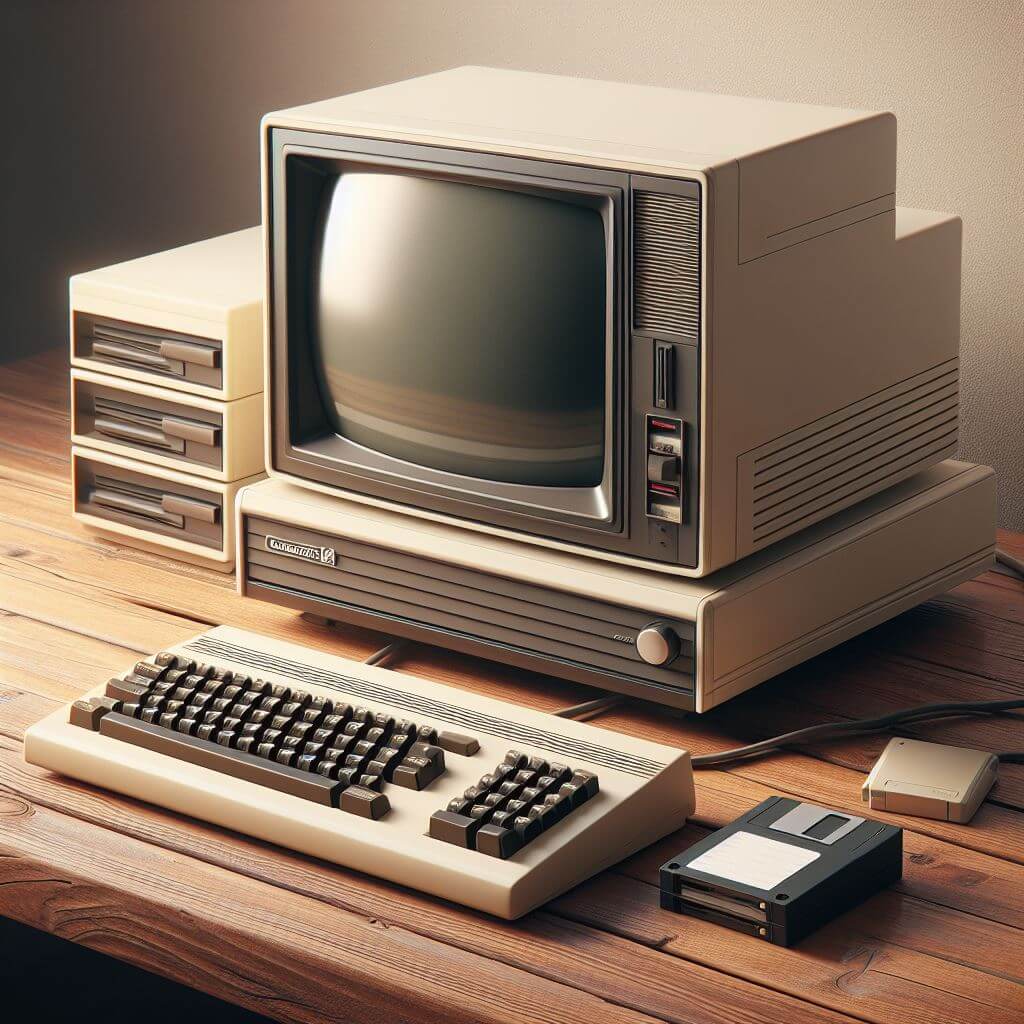 The Goonies on Commodore 64 - Review [...]
The Goonies on Commodore 64 - Review [...][ Source: GamesNostalgia ]
 The Sea of Thieves beta has launched on PS5 [...]
The Sea of Thieves beta has launched on PS5 [...][ Source: VGC ]
TL;DR Gaming News Today
Purple Brick Games - Still Joking: Interactive fiction / visual novel. World of mirror reflections. Sarcastic main heroine. Mystery
of her "prototype`s" death. Lots of text. Choices with consequences. Fully voiced cat. Release in May 2024, Wishlist now on Steam!
[ Source: GameTikker ]
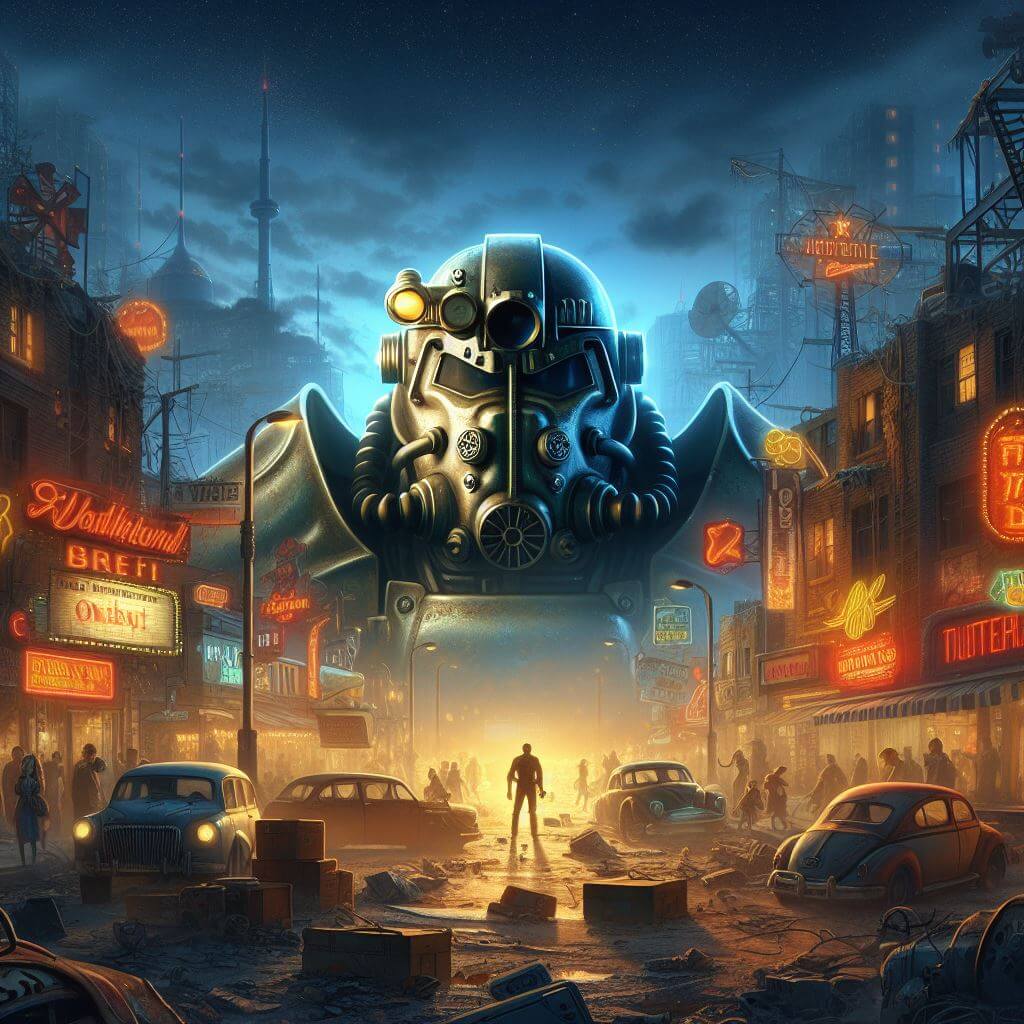 Fallout 3 And Fallout New Vegas Come Free On Amazon Luna [...]
Fallout 3 And Fallout New Vegas Come Free On Amazon Luna [...][ Source: Skewed & Reviewed ]
 Broken Roads Drives onto Consoles & PC [...]
Broken Roads Drives onto Consoles & PC [...][ Source: Chit Hot ]
 Firesky Is A Demon-Slaying ARPG With A Raid: Shadow Legends-Like Vibe [...]
Firesky Is A Demon-Slaying ARPG With A Raid: Shadow Legends-Like Vibe [...][ Source: Droid Gamers ]
 Shadow PC Launches The ‘Shadow Game Store’ [...]
Shadow PC Launches The ‘Shadow Game Store’ [...][ Source: Cloud Dosage ]
 Forza Motorsport Update 7 reduces file size by 25GB while adding new content [...]
Forza Motorsport Update 7 reduces file size by 25GB while adding new content [...][ Source: Destructoid ]
 After 26 years stuck in Japan, Nintendo finally releases forgotten SNES Mario worldwide on Switch [...]
After 26 years stuck in Japan, Nintendo finally releases forgotten SNES Mario worldwide on Switch [...][ Source: GamesRadar+ ]
TL;DR Gaming News Today
ByteRockers' Games - Beat Slayer: Epic Music. Legendary Weapons. Nasty Robots.
New Demo available on Steam! Feel the music and turn nasty robots into metal scrap!
[ Source: GameTikker ]
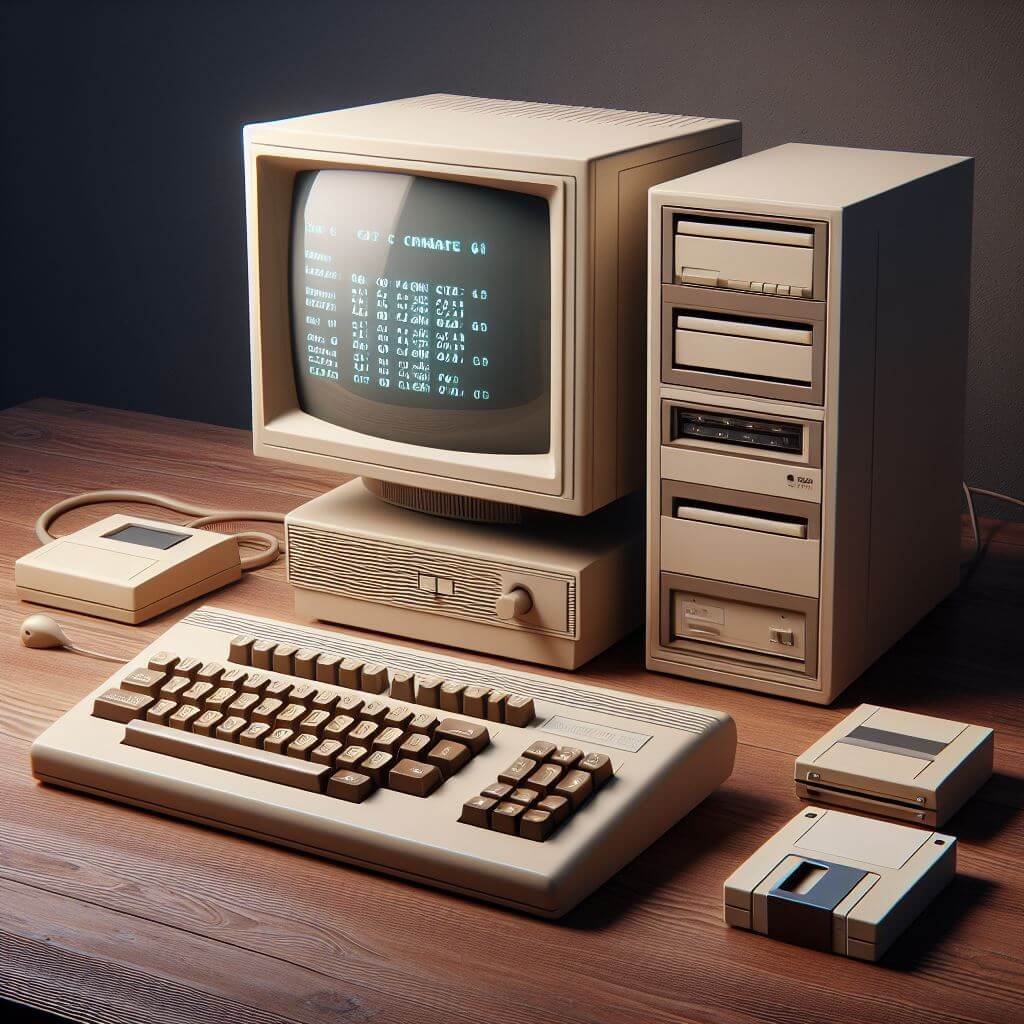 Grind - A first person shooter for Amiga 500, made with the amazing Dread-Engine [...]
Grind - A first person shooter for Amiga 500, made with the amazing Dread-Engine [...][ Source: Indie Retro News ]
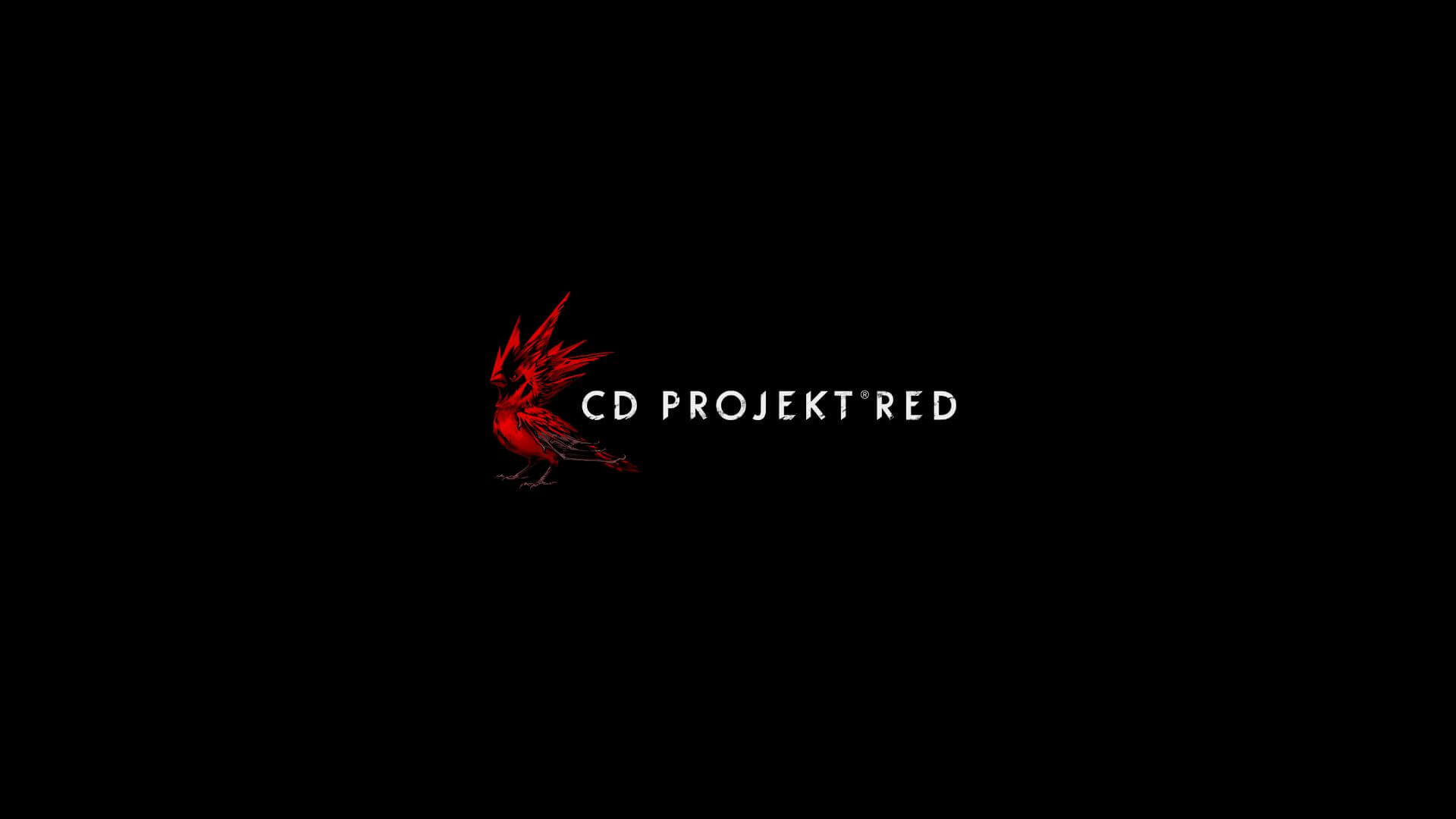 CD Projekt interested in multiplayer components, but insists single-player games are still king [...]
CD Projekt interested in multiplayer components, but insists single-player games are still king [...][ Source: Game Developer ]
 REMNANT II DLC The Forgotten Kingdom Launches April 23 [...]
REMNANT II DLC The Forgotten Kingdom Launches April 23 [...][ Source: But Why Tho? ]
















































